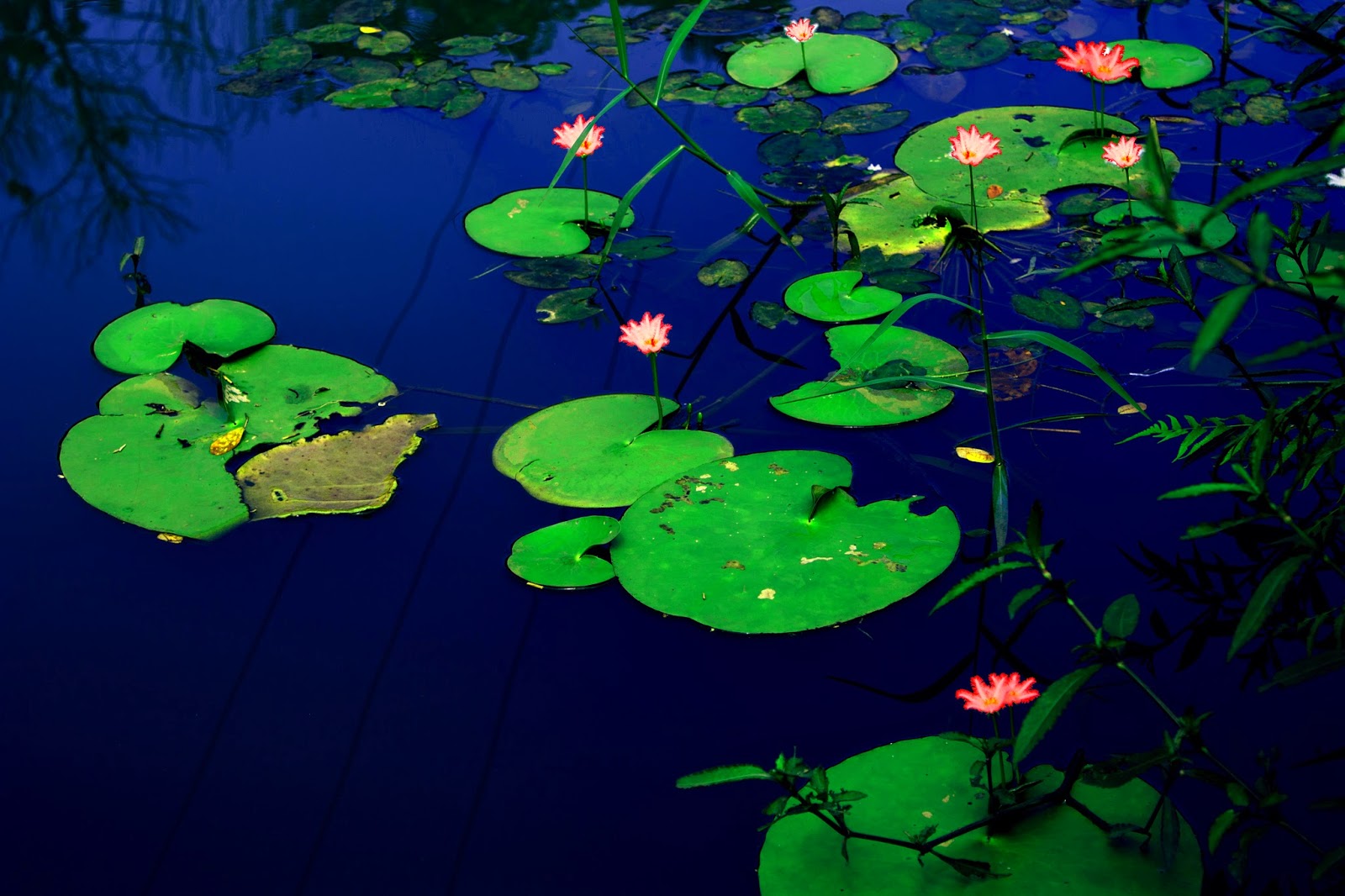Novices to the strange world created by acclaimed Indian writer
Arundathi Roy in her poignant Booker prize winning novel, ‘The God of Small things’ would not understand why the small hamlet
of Ayemenem in the Kottayam district of Kerala would be so attractive. To those
who grew up on a steady diet of her fantastical world, Ayemenem would be in the
bucket list of places to visit
When I was first introduced to ‘The God of Small Things’ during my rebellious teen years, I was instantly attracted to the characters of Rahel and Estha. She seemed to be a character after my own heart and Ayemenem was like the world of Hogwarts in JK Rowling’s Harry Potter series. I never could believe that it actually existed. Years passed and I was given the chance to actually visit Ayemenem with an Estha in our photographer, Jose. I trudged along on the ever dependable Indian railways to Kottayam district from where I would land in Ayemenem. I wondered if the Ayemenem that Arundathi Roy created in her novel was just a stroke of imaginative genius and I would be sorely disappointed by what awaited me. The first thing we noted as we battled the scorching midday sun was the paddy fields. Thick luscious green fields that stretched to miles on end like some vast ocean with an occasional electrical pole jutting out reminded me of the Malayalam films of the 70s.
The name of the
village itself sounds a little peculiar; the etymology of the name originates
from Ay which means five in Tamil and
Vanam in Sanskrit which means forest.
So loosely translated, Ayemenem means the land of five forests. As this trivia
entered my head, I wondered where these five forests were. I was told that the
original five forests, Vattakkadu, Thurthikadu Vallyakadu, Moolakkadu and Mekkadu no longer existed. The little hamlet
borders the Vembanad Lake and the Meenachil River, the latter which is central
to the story and provides water to the villagers. As we reached the township,
it appeared to be quite familiar with small shops scattered around and of
course the houses. But the house I was eager to get a glimpse of was the
Ayemenem House which is central to ‘God of Small Things’.

 In the book, the great
Ayemenem house was a place where visitors were not welcome and the central
characters, the twins Estha and Rahel and their mother Ammu were sad and
lonely. It was not a place where joy and laughter could be heard. My eyes
popped out of their sockets as I realised that it was indeed true. Here was a
place, a landmark that was as true in reality as in the novel. The house was of
course big, but it was not a place which welcomed visitors with open arms. The
house was dark and aloof and the day dreamer in me swore that the aroma of
Paradise Pickles and jams wafted through the walls of the house. We walked past
the ancient houses and reached the Ayemenem junction where the sight of a
communist flag fluttering away in the wind had me reflecting on the symbolic
communist movement represented in the novel. As we walked on to the small boats
anchored near the water bodies reminded me of the tragic incident that changed
the lives of its lonely central characters. It was the gentle reminder that we
had to leave which had me return to reality and turn my back on the village.Still, leaving Ayemenem was like saying farewell to Rahel and Estha.
In the book, the great
Ayemenem house was a place where visitors were not welcome and the central
characters, the twins Estha and Rahel and their mother Ammu were sad and
lonely. It was not a place where joy and laughter could be heard. My eyes
popped out of their sockets as I realised that it was indeed true. Here was a
place, a landmark that was as true in reality as in the novel. The house was of
course big, but it was not a place which welcomed visitors with open arms. The
house was dark and aloof and the day dreamer in me swore that the aroma of
Paradise Pickles and jams wafted through the walls of the house. We walked past
the ancient houses and reached the Ayemenem junction where the sight of a
communist flag fluttering away in the wind had me reflecting on the symbolic
communist movement represented in the novel. As we walked on to the small boats
anchored near the water bodies reminded me of the tragic incident that changed
the lives of its lonely central characters. It was the gentle reminder that we
had to leave which had me return to reality and turn my back on the village.Still, leaving Ayemenem was like saying farewell to Rahel and Estha. 

Good post mate.
ReplyDeleteSort of matched with the mental image that I had made up of Ayemenem. Sometimes I felt the book smelled of pickles and the mud on the banks of meenachal.
Wish the post was longer :) you can write a sequel to this with more photos maybe!
@mindrakethemagician : thnx mate..:)
ReplyDeleteThis comment has been removed by the author.
ReplyDeleteSurprised that a lady from cochin thinks of Ayemenem as Hogwarts!...How could that happen?!!
ReplyDelete